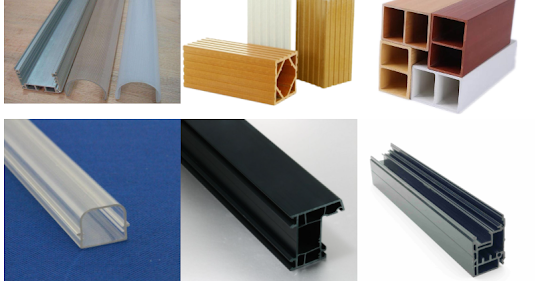Aluminum Die Casting: Precision Manufacturing for Durable Parts

Aluminum die casting is a versatile manufacturing process used to create intricate and durable metal parts with high precision. This method is widely favored in various industries, including automotive, aerospace, electronics, and consumer goods, for its ability to produce complex shapes with excellent dimensional accuracy and surface finish. Process Overview The Aluminum Die casting process involves several key steps: Tooling Design : The process begins with designing molds, also known as dies, that are typically made from hardened steel. These molds are customized to the specific geometry and features of the part to be produced. Melting and Injection : Aluminum alloys, such as ADC12 or A380, are melted in a furnace at high temperatures. The molten metal is then injected into the die cavity at high pressure using a hydraulic or mechanical press. This pressure ensures that the metal fills the entire cavity and solidifies quickly. Cooling and E...




